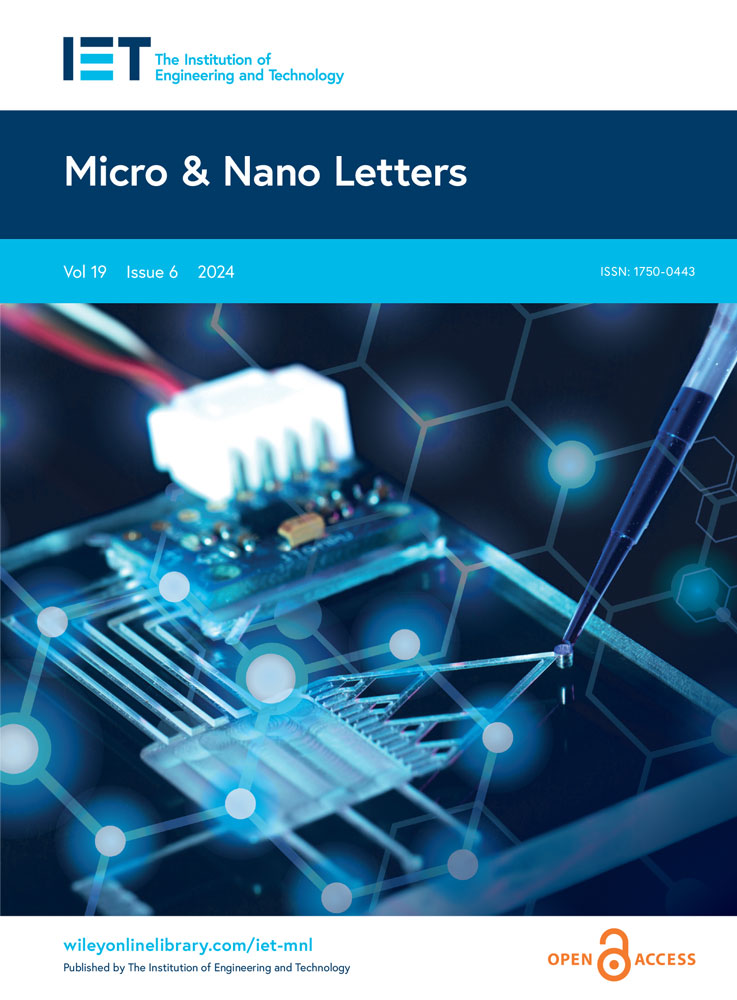Effect of Functionalized CdSSe Quantum Dots in the CYP450 Activity of HEPG2 Cells
IF 2.4
4区 材料科学
Q4 MATERIALS SCIENCE, MULTIDISCIPLINARY
引用次数: 0
Abstract
Quantum dots (QDs) have different properties: high electron density, magnetic moment, phosphorescence, photoluminescence (fluorescence), and strong optical absorption. The layer or ligands on the QDs surface has a vital role because they allow the stabilization and practical uses on different matrixes. Ligand exchange is a commonly carried out methodology to incorporate functional groups that alter the solubility, introduce electron transfer partners, integrate biological receptors, or improve the properties of the QDs surface. CdSSe QDs were synthesized using a microwave system using thioglycolic acid (TGA) as a sulfur source and cover agent. The TGA ligand was interchanged with cysteine (Cys), glutamic acid (GA), glutathione (GTO), glutaraldehyde (GLT), and lysine (Lys). The viability and response of the CYP1A1, CYP1A2, and CYP3A4 isoenzymes were directly measured in HEP-G2 cells after exposure to CdSSe-TGA, CdSSe-Cys, CdSSe-GA, CdSSe-GTO, CdSSe-GLT, and CdSSe-Lys. CdSSe and CdSSe-GTO (10 mg/L) decrease viability by around 65%. The response of the cytochrome isoenzymes is based on the organic ligand on the surface of the CdSSe QDs. Changes in CYP 1A1 could be related to carcinogenic xenobiotics. Fluorescence microscopy shows CdSSe QDs on and inside HEPG2 cells. The results confirm that apoptosis and necrosis are the principal mechanisms of decreased viability.功能化CdSSe量子点对HEPG2细胞CYP450活性的影响
量子点(QDs)具有不同的性质:高电子密度、磁矩、磷光、光致发光(荧光)和强光吸收。量子点表面的层或配体具有至关重要的作用,因为它们允许在不同的基质上稳定和实际应用。配体交换是一种常用的方法,用于结合改变溶解度的官能团,引入电子转移伙伴,整合生物受体或改善量子点表面的性质。以巯基乙酸(TGA)为硫源和覆盖剂,采用微波系统合成了CdSSe量子点。TGA配体与半胱氨酸(Cys)、谷氨酸(GA)、谷胱甘肽(GTO)、戊二醛(GLT)和赖氨酸(Lys)交换。在暴露于cdse - tga、cdse - cys、cdse - ga、cdse - gto、cdse - glt和cdse - lys后,直接测定HEP-G2细胞中CYP1A1、CYP1A2和CYP3A4同工酶的活性和应答。CdSSe和CdSSe- gto (10 mg/L)使活性降低约65%。细胞色素同工酶的反应是基于CdSSe量子点表面的有机配体。CYP 1A1的变化可能与致癌性外源药物有关。荧光显微镜显示HEPG2细胞上和细胞内的CdSSe量子点。结果证实细胞凋亡和坏死是细胞活力下降的主要机制。
本文章由计算机程序翻译,如有差异,请以英文原文为准。
求助全文
约1分钟内获得全文
求助全文
来源期刊

Micro & Nano Letters
工程技术-材料科学:综合
CiteScore
3.30
自引率
0.00%
发文量
58
审稿时长
2.8 months
期刊介绍:
Micro & Nano Letters offers express online publication of short research papers containing the latest advances in miniature and ultraminiature structures and systems. With an average of six weeks to decision, and publication online in advance of each issue, Micro & Nano Letters offers a rapid route for the international dissemination of high quality research findings from both the micro and nano communities.
Scope
Micro & Nano Letters offers express online publication of short research papers containing the latest advances in micro and nano-scale science, engineering and technology, with at least one dimension ranging from micrometers to nanometers. Micro & Nano Letters offers readers high-quality original research from both the micro and nano communities, and the materials and devices communities.
Bridging this gap between materials science and micro and nano-scale devices, Micro & Nano Letters addresses issues in the disciplines of engineering, physical, chemical, and biological science. It places particular emphasis on cross-disciplinary activities and applications.
Typical topics include:
Micro and nanostructures for the device communities
MEMS and NEMS
Modelling, simulation and realisation of micro and nanoscale structures, devices and systems, with comparisons to experimental data
Synthesis and processing
Micro and nano-photonics
Molecular machines, circuits and self-assembly
Organic and inorganic micro and nanostructures
Micro and nano-fluidics
 求助内容:
求助内容: 应助结果提醒方式:
应助结果提醒方式:


